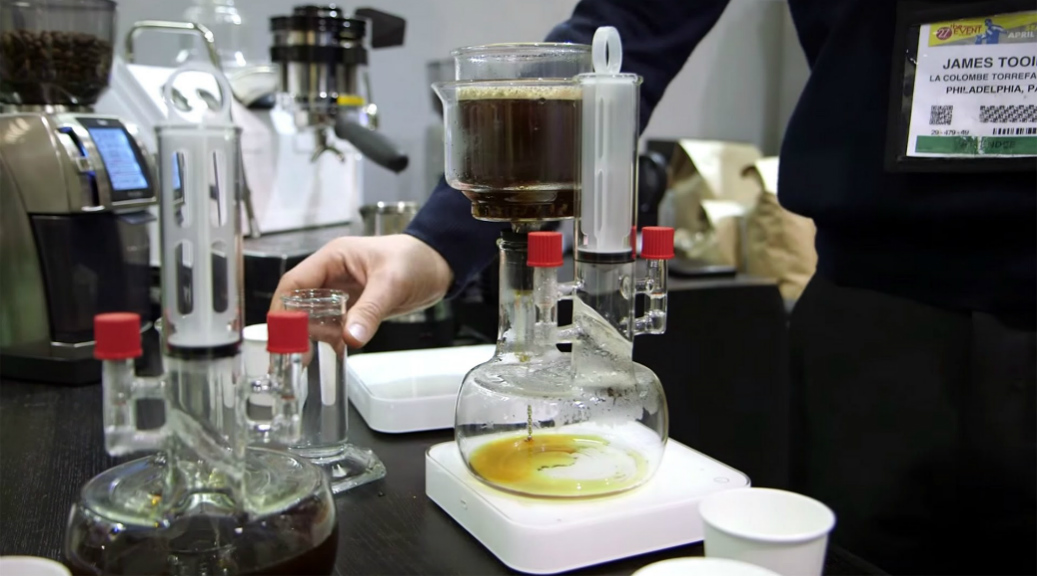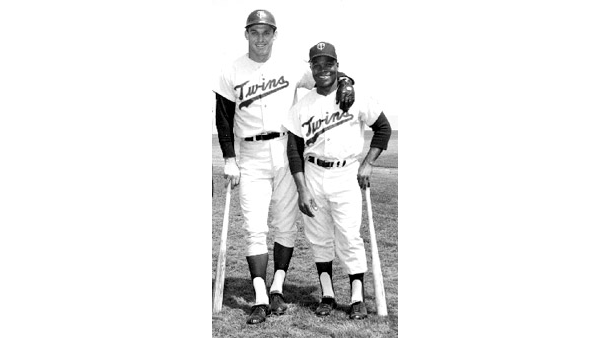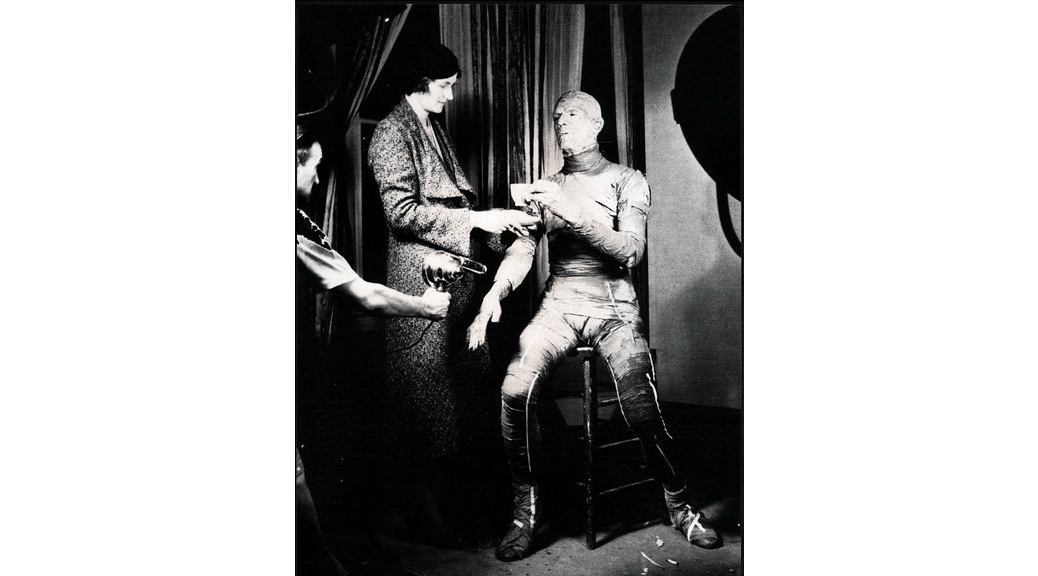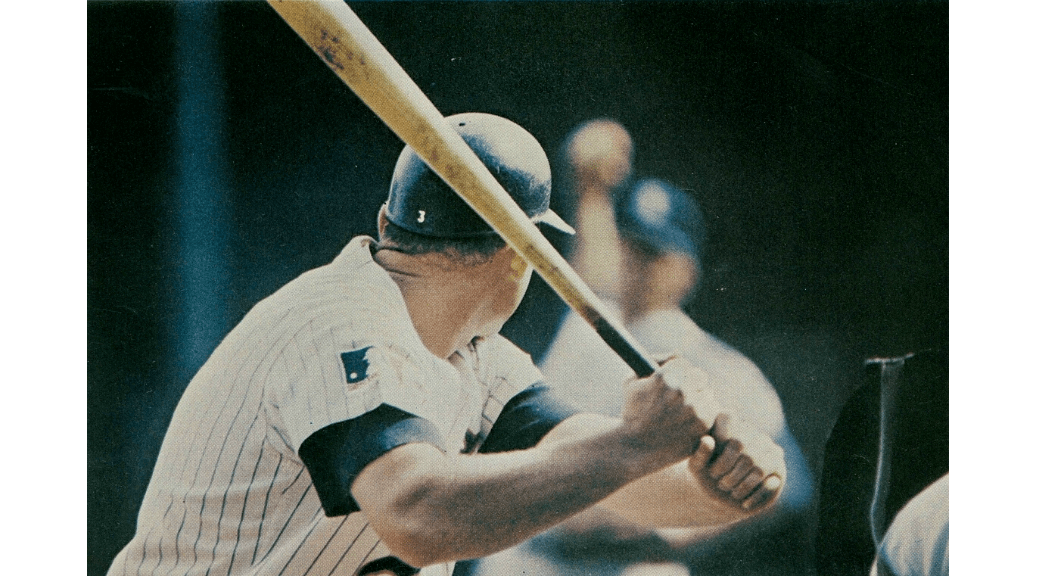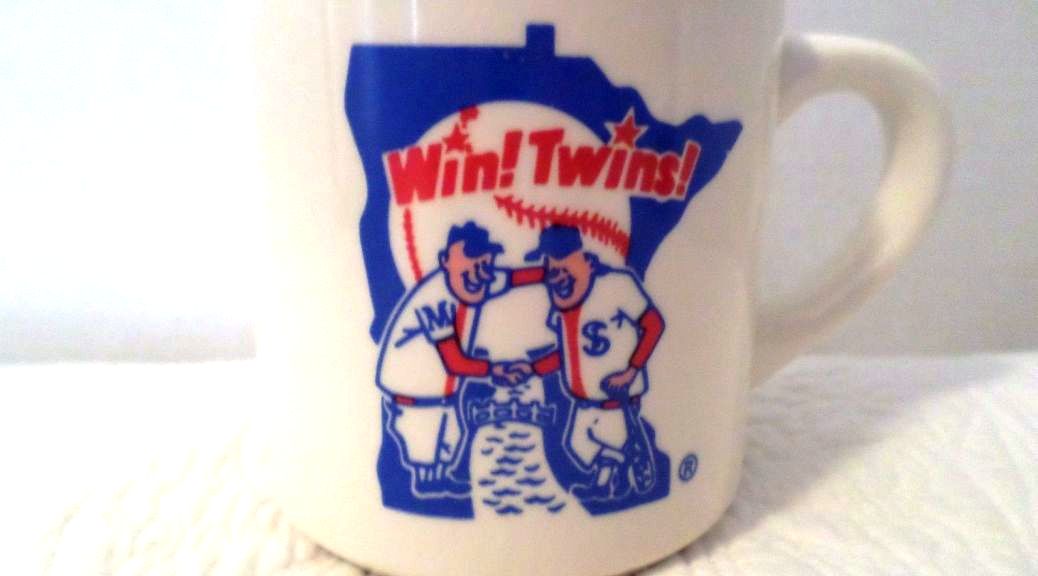It's been raining all week here. I'll take it.
Monthly Archives: January 2016
Barbara Hannigan & GSO – Ligeti’s Mystery of the Macabre
I see your divas, and raise.
World-class Soprano, Conductor, Comedienne, Dancer, etc. Such a strange and wonderful bird.
httpv://www.youtube.com/watch?v=sFFpzip-SZk
Renée Fleming – Vissi d’Arte
You know what this place needs? More divas.
2006
Of Tech and Togetherness
“Among our closest friends and family members, we operate furtively without even trying to, for no reason other than that we are using a nearly omnipresent, highly convenient tool, the specific use of which is almost never apparent.”
—Susan Dominus, “Motherhood, Screened Off”
I am pretty sure I didn’t always love family gatherings, but I started loving them around the time I went off to college. There’s something wonderful about being in a crowded kitchen, everyone preparing a different side dish as we chatter about the minutia that make up our everyday lives.
I am not at all good about keeping in touch with family members other than my own parents, so holidays are one of those rare times when I have a chance to connect with extended family. Growing up, I was close to my sister (we’re just two years apart), but after she got married and started that all-consuming thing known as medical school, we mostly followed our separate paths.
On a vacation to a cabin up north this past summer—which involved my parents, my sister, her husband, and their three-year-old son, plus Mr. NaCl and our two kids—as well as during a Thanksgiving spent with Mr. NaCl’s family in Iowa, it seemed to me that the nature of our interactions was different than it had been in years past. At the end of a long day that involved some combination of cooking, dish washing, and keeping the exuberant children well occupied, the adults were tired. Both families include a good number of introverts, so after the kids were all in bed, evenings offered a chance to recharge.
I come from a family of readers, so it used to be that we would all gather in a common space and each curl up with a book (or perhaps some knitting, for my mom and me). Conversation would happen in fits and starts; someone would start laughing at something they read and then share it with the rest of us. But now, the evenings are spent with each person absorbed in his or her own electronic device. I couldn’t really put my finger on why that bothered me until I read the essay from which I quoted at the beginning of this piece. That’s it! Our devices obscure what we’re doing from each other even when we’re all in the same room.
Despite all this, there’s something to be said for the brief moment of respite provided by escaping into a screen. Someone might have emailed me in the last ten minutes! Or perhaps someone at this very website said something witty that I really need to see right now! But it’s so easy to slip into something more than a quick check of a website. The minutes pass by and suddenly a child is calling my name and I’m responding, “just one more minute.”
I’m not on Facebook, but every month or so I’ll use Mr. NaCl’s account to check what my sister has posted. What I love about her is that she does not document her life’s highlights. Instead she notes every sickness (her son is a puker), every flat tire, every vet appointment for her aging dog.
Our screens keep us apart, our screens bring us together. I’m not sure I have any answers here, but I feel certain that years from now, what I remember most about the time spent with my extended family will not be those times when we all sat around looking at our devices.
The next time I’m with extended family, there isn’t any reason that I couldn’t propose that the adults all play a game together one evening—the kind of game played on a board or with a deck of cards. The fact that the kids are young right now restricts what our options are, both in terms of their limited attention spans and in terms of their relatively early bedtimes. So I realize we won’t always be in circumstances that require us to be engaging in quiet activities at home starting at 8:00 in the evening.
I don’t think technology is the enemy—some of my closest friends are people I know “from the Internet.” And I don’t think that family interactions must be entirely devoid of tech devices. But I am trying to figure out how we can overcome the lure of our individual screens and really connect with one another on those occasions when we are all together. I’m more than a little curious to hear from others here about how technology has affected your family gatherings and what you make of this brave new world of screens.
1965 Rewind: Game Ninety-three
MINNESOTA 11, BOSTON 5 IN BOSTON
Date: Thursday, July 22.
Batting stars: Bob Allison was 2-for-4 with two home runs (his thirteenth and fourteenth) and a walk, driving in five. Harmon Killebrew was 2-for-4 with a home run (his nineteenth) and a walk, scoring twice and driving in two. Tony Oliva was 2-for-4 with a double and a walk, scoring once and driving in three.
Pitching star: Mudcat Grant pitched 8.1 innings despite giving up five runs on twelve hits and three walks with three strikeouts.
Opposition stars: Carl Yastrzemski was 3-for-4 with a home run (his twelfth), a triple, and a double, driving in two. Jim Gosger was 3-for-4 with a triple, scoring once and driving in one. Tony Conigliaro was 1-for-3 with a walk and two runs.
The game: It was close most of the way. Killebrew singled in a run in the first, but Yastrzemski homered in the bottom of the first to tie it 1-1. Boston went up 2-1 in the second, but the Twins took the lead back at 3-2 in the third. Yastrzemski struck again in the bottom of the third, doubling home a run to tie it 3-3. Each team scored once in the sixth, with Killebrew hitting a home run and Gosger an RBI triple, to keep the score even at 4-4. The Twins finally took control of the game in the sixth. An error and a walk put men on first and second with two out. Oliva then hit a two-run double and, following an intentional walk to Killebrew, Allison hit a three-run homer to give the Twins a 9-4 advantage. The game was never close after that.
Of note: Zoilo Versalles was 2-for-4 with a walk, a stolen base (his thirteenth) and three runs. Rich Rollins was 1-for-4 with a walk and a run. Jimmie Hall was 1-for-5 with an RBI. Earl Battey was 0-for-2 with a walk.
Record: The win made the Twins 59-34. Baltimore lost 9-2 to Kansas City, increasing the Twins' lead to 4.5 games.
Notes: Yastrzemski nearly hit for the cycle, lacking only a single...Hall's average fell to .310 and Battey dropped to .303...Jim Gosger is one of those players whose career was a lot longer than his numbers indicate it should have been. He was at best a semi-regular outfielder, and that was only for two seasons, 1966-67. For his career, which covered ten seasons, he hit .226/.309/.331. Even granting that most of his career came in the 1960s, that's not very good. Yet, he played in 705 major league games and had 1,815 big league at-bats. One assumes teams viewed him as an excellent defender.
January 7, 2016: Griffey and Piazza
I'm not sure how enshrining two guys a year will work when there's never been such a wealth of talent on the ballot, but this is the only BBWAA we've got.
Happy Birthday–January 7
Kitty Bransfield (1875)
Al Todd (1902)
Johnny McCarthy (1910)
Johnny Mize (1913)
Alvin Dark (1922)
Dick Schofield (1935)
Jim Hannan (1940)
Jim Lefebvre (1942)
Tony Conigliaro (1945)
Joe Keough (1946)
Ross Grimsley (1950)
Bob Gorinski (1952)
Jeff Montgomery (1962)
Craig Shipley (1963)
Allan Anderson (1964)
Rob Radlosky (1974)
Alfonso Soriano (1976)
Eric Gagne (1976)
Brayan Pena (1982)
Francisco Rodriguez (1982)
Edwin Encarnacion (1983)
Jon Lester (1984)
Outfielder Joseph William Keough did not play for the Twins, but he went to spring training with them in 1974. Born and raised in Pomona, California, he attended Mt. San Antonio College in Walnut, California and was drafted by the Kansas City Athletics in the fourth round in 1965. His best minor league year was 1967, when he hit .294 with 18 homers with Class A Leesburg. He never showed that kind of power again, but his average stayed high the rest of his minor league career. He reached the majors for the first time in 1968, when he was with Oakland for the last two months of the season as a part-time player and hit a home run off Lindy McDaniel in his first major league at-bat. He was left unprotected in the expansion draft and was chosen by the Kansas City Royals. He was there most of the season, with his highlight coming on opening day, when he delivered a pinch-hit, game-winning single. His best major league year, and in fact his only good major league year, came in 1970, when he hit .322 with an OPS of .839 in 183 at-bats until a broken leg ended his season on June 28. He was the starting right fielder in 1971, but hit .248 and gradually lost the playing time. He was mostly a pinch-hitter in 1972 and was traded to the White Sox after the season. He spent nearly the entire 1973 season in the minors, coming up for about two weeks in July and playing in five games, four as a pinch-runner and one as a pinch-hitter. He was sold to Minnesota after the season, but did not make the team in 1974 and his playing career came to an end. He is a member of the Mt. San Antonio College Hall of Fame. He is the brother of big-league outfielder Marty Keough and the uncle of big-league pitcher Matt Keough. There are more people in the world named Joe Keough than one might think. No information about Joe Keough’s current life is readily available.
Outfielder Robert John Gorinski played for Minnesota in 1977. His uncle, Walt Gorinski, played in the NFL for the Pittsburgh Steelers. Bob was born in Latrobe, Pennsylvania, went to high school in Calumet, Pennsylvania (where he played shortstop), and was drafted by Minnesota in the first round in 1970. He was primarily a power hitter in the minors, hitting 30 homers in Class A Wisconsin Rapids in 1971 and 23 homers in Class A Lynchburg in 1972. Presumably, he was held in Class A that long despite the homers due to a low batting average and a high strikeout total. His best year in the minors came in 1976, when he hit .285 with 28 homers and 110 RBIs for AAA Tacoma (he also struck out 130 times). Surprisingly, he did not get a September call-up that year, but he was with the Twins for all of 1977, his only year in the majors. He was used sporadically as a pinch-hitter and reserve outfielder, which is not the best way for a strikeout-prone slugger to find his stroke. The results showed that--he hit .195/.226/.322 with three home runs in 118 at-bats. He went back to AAA Toledo in 1978, had a poor year, and was released. Gorinski spent 1979 with the AAA teams of the Mets and the Cubs, did not hit well, and his playing career was over. He returned to his home state of Pennsyvania, settling in Mount Pleasant, and coached little league there for many years. At last report, he was still living in the Mount Pleasant area.
All of left-handed pitcher Allan Lee Anderson's major league career, 1986-1991, was with Minnesota. He was born in Lancaster, Ohio and attended high school there. Anderson was drafted by Minnesota in the second round in 1982. He had an outstanding year in 1984 for Class A Visalia, going 12-7 with a 2.86 ERA in 188 innings. He was jumped to AAA the next year and struggled for a while there, but despite what appears to have been a poor start at Toledo in 1986, he was called up to the Twins in mid-June. He did not pitch well that year, nor did he do well the next year in a season mostly spent in AAA. In 1988, however, Anderson had his career year. Called up to the Twins in late April, he went 16-9, leading the league in ERA (2.45) and ERA+ (166). He did not pitch the last day of the season to preserve his ERA title, which caused some controversy, but he did pitch over 200 innings that season. Anderson did not repeat that year in 1989, but he still had a good year, going 17-10, 3.80. His luck ran out after that, however, and after a couple of sub-par seasons in 1990 and 1991 he became a free agent. Anderson signed with the Yankees, but was injured for almost the entire season, making one rehab appearance in Ft. Lauderdale. He split 1993 between the AAA teams of Texas and Cleveland, but could never come back, and his career was at an end. Allan Anderson was 49-54, 4.11 for his career. He pitched in 148 games, 128 of them starts, working 818.2 innings. One source states that Allan Anderson is living in Columbus, Ohio, and is employed as a firefighter, but this appears to be a different Allan Anderson. At last report, our Allan Anderson had returned to his home town of Lancaster where he was a realtor and auctioneer. He also owned AASports, an indoor baseball training facility.
Allan Lee Anderson's major league career, 1986-1991, was with Minnesota. He was born in Lancaster, Ohio and attended high school there. Anderson was drafted by Minnesota in the second round in 1982. He had an outstanding year in 1984 for Class A Visalia, going 12-7 with a 2.86 ERA in 188 innings. He was jumped to AAA the next year and struggled for a while there, but despite what appears to have been a poor start at Toledo in 1986, he was called up to the Twins in mid-June. He did not pitch well that year, nor did he do well the next year in a season mostly spent in AAA. In 1988, however, Anderson had his career year. Called up to the Twins in late April, he went 16-9, leading the league in ERA (2.45) and ERA+ (166). He did not pitch the last day of the season to preserve his ERA title, which caused some controversy, but he did pitch over 200 innings that season. Anderson did not repeat that year in 1989, but he still had a good year, going 17-10, 3.80. His luck ran out after that, however, and after a couple of sub-par seasons in 1990 and 1991 he became a free agent. Anderson signed with the Yankees, but was injured for almost the entire season, making one rehab appearance in Ft. Lauderdale. He split 1993 between the AAA teams of Texas and Cleveland, but could never come back, and his career was at an end. Allan Anderson was 49-54, 4.11 for his career. He pitched in 148 games, 128 of them starts, working 818.2 innings. One source states that Allan Anderson is living in Columbus, Ohio, and is employed as a firefighter, but this appears to be a different Allan Anderson. At last report, our Allan Anderson had returned to his home town of Lancaster where he was a realtor and auctioneer. He also owned AASports, an indoor baseball training facility.
Right-handed reliever Robert Vincent Radlosky was with Minnesota for about a month in 1999. He was born in West Palm Beach, Florida, but attended high school in West Haven, Connecticut. He was drafted by the Twins in the 22nd round in 1993. A starter in the minors, his numbers are up-and-down for his minor league career. His best year was 1997, when he posted a 2.59 ERA and a 0.97 WHIP in 128 innings at Fort Myers, his second year there. Radlosky pitched in AA in 1998 and AAA in 1999, not pitching badly but not really looking particularly impressive, either. As has been observed before, the late-90s Twins were desperate for pitching, so even a pitcher who was mediocre in AAA had a good chance of being called up. In late May of 1999, when Eddie Guardado went on the disabled list, Radlosky was called up. He made seven relief appearances for Minnesota, pitching 8.2 innings and giving up 12 runs (seven home runs), for an ERA of 12.46. Back in the minors in 2000, the Twins released him part-way through the season. He signed with Boston, finished out the season there, and then his career was over. At last report, Rob Radlosky was employed by Diamond Mind, Inc., maker of baseball simulations games, in Beaverton, Oregon.
1965 Rewind: Game Ninety-two
MINNESOTA 11, BOSTON 8 IN MINNESOTA
Date: Wednesday, July 21 (Game 2 of doubleheader).
Batting stars: Harmon Killebrew was 3-for-3 with a home run (his eighteenth) and a walk, scoring three times and driving in three. Bob Allison was 2-for-5 with a triple, scoring twice and driving in three. Tony Oliva was 1-for-4 with a walk, scoring three times and driving in one.
Pitching star: Al Worthington struck out two in 2.1 scoreless innings, giving up two hits and a walk.
Opposition stars: Rico Petrocelli was 3-for-4 with a three-run homer (his fourth) and a walk, scoring twice. Tony Conigliaro was 2-for-5 with a home run (his seventeenth) and two runs. Eddie Bressoud was 1-for-4 with a three-run homer (his sixth) and a walk.
The game: The Twins scored two in the first, but Petrocelli's three-run homer capped a four-run second that put the Red Sox up 4-2. The Twins got the four runs back in the third on only two hits, both singles, as they were aided by a walk, a hit batsman, a wild pitch, and a balk. Conigliaro homered in the bottom of the fourth to cut the lead to 6-5, but Killebrew hit a two-run homer in the fifth to increase the margin to 8-5. The lead held until the sixth, when Bressoud hit a three-run homer to tie it 8-8. With two on in the ninth, Allison circled the bases on a triple-plus-error to give the Twins an 11-8 advantage. This time it held up, as the Red Sox managed only a single in the bottom of the ninth.
Of note: Zoilo Versalles was 1-for-4 with a walk and a run. Rich Rollins was 3-for-5 with two runs. Jimmie Hall was 0-for-4 with an RBI. Starter Dick Stigman pitched only 2.2 innings, giving up five runs on seven hits and no walks with one strikeout.
Record: The doubleheader sweep improved the Twins to 58-34, still in first place. Baltimore, who swept a doubleheader from Kansas City, moved into sole possession of second place, 3.5 games back.
Notes: Hall saw his average drop to .312...Earl Battey sat out the second game of the doubleheader, with Jerry Zimmerman catching...Stigman would make only one more start this season, again as part of a doubleheader. He was much more effective as a reliever than as a starter...Petrocelli was in his rookie year. I don't really remember him as a power hitter, but he had a few years when he was, hitting forty in 1969, twenty-nine in 1970, and twenty-eight in 1971. He attributed his power surge in those years to a diet and exercise program begun after the 1968 season. Doubtless lowering the mound and shrinking the strike zone helped, too, as well as the fact that these were his age 26-28 seasons. He would hit thirteen homers in 1965.
January 6, 2015: Feigning Apathy
A couple of interviews for promotions that would take me to Minnesota are coming in the next week or so. This may finally be happening.
Happy Birthday–January 6
George Shoch (1859)
Phil Masi (1916)
Jiro Noguchi (1920)
Early Wynn (1920)
Ralph Branca (1926)
Lee Walls (1933)
Lenny Green (1933)
Ruben Amaro (1936)
Don Gullett (1951)
Norm Charlton (1963)
Dan Naulty (1970)
Marlon Anderson (1974)
Brian Bass (1982)
Anthony Slama (1984)
Jiro Noguchi was one of the greatest pitchers in the early days of Japanese professional baseball, winning 237 games with an ERA of 1.96.

